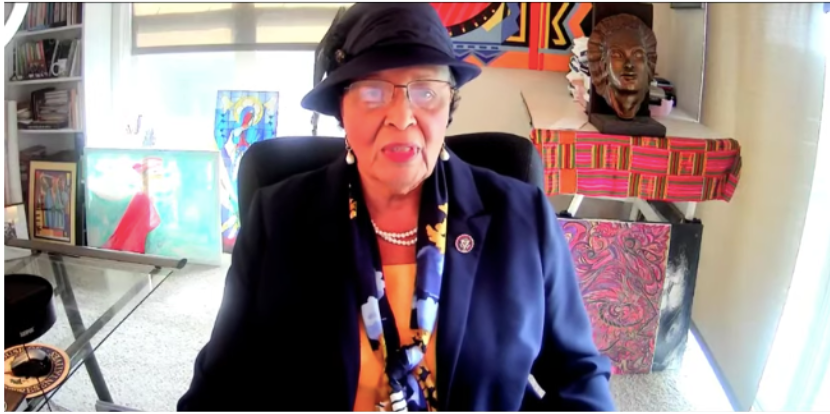WASHINGTON — Some historically Black colleges and universities “are crumbling,” said Glenda Glover, president of Tennessee State University, stressing the need for more funding to support HBCUs on Wednesday.
Appearing before the Higher Education and Workforce Investment Subcommittee, Glover and three policy experts emphasized the contributions of HBCUs and asked lawmakers for more funding to address the issues they face, namely infrastructure.
“The infrastructure needs extensive work,” Glover said. “I’ve spoken to other college presidents and the deferred maintenance can be as high as $100 million, $200 million. It’s $300 million on Tennessee State’s campus.”
The Government Accountability Office issued a report in 2018, which found that, for the HBCUs they surveyed, 46% of their building space, on average, required repairs or replacement.
Yet, funding for HBCUs — specifically endowments — often lags behind other colleges and universities.
“The combined endowment for every HBCU in the country through 2019 was just over $3.9 billion. For context, New York University alone had an endowment of $4.3 billion that year,” said Andre M. Perry, senior fellow at The Brookings Institution.
Rep. Lisa McClain, R-Mich., asked Perry to explain why HBCU endowments are suffering, which he said could be traced back to the makeup of their student bodies.
“HBCUs enroll many more low-wealth individuals, so even the graduates [end up in] a job market that throttles their wealth even further,” Perry said.
Rep. Alma Adams, D-N.C., founder and co-chair of the Bipartisan HBCU Caucus, introduced legislation in May to address HBCU infrastructure issues.
The legislation provides grants for HBCUs “to renovate, repair [and] modernize facilities from instructional to research and residential,” as well as expand broadband access, support community partnerships, purchase new technology and preserve historic buildings, Sam Spencer, communications director for Congresswoman Adams, told Medill News Service.
Spencer said HBCUs have experienced “a legacy of disinvestment and discrimination” that has led to underfunding.
A Congressional Research Service report from 2011 found that HBCUs established under the 1890 Land-Grant Act did not receive adequate funding to begin with, and were further left behind when they were excluded from the Research Facilities Act of 1963. To this day, no HBCUs are classified as R1 research institutions under the Carnegie Classification of Institutions of Higher Education.
HBCUs also face unique circumstances that contribute to financial strain, as “there are numerous historical buildings on campuses that the institutions are responsible for, and historic preservation is not cheap,” Spencer said.
Through Adams’ legislation, institutions can apply for grants, and the Department of Education will determine grant winners and the amounts they receive, Spencer explained.
Subcommittee Chairwoman Frederica S. Wilson, D-Fla., emphasized that HBCUs remain an important tool for educating Black students. Though they represent only 3% of all colleges and universities, HBCUs graduate 80% of Black judges, 50% of Black lawmakers and 50% of Black teachers.
Perry emphasized that HBCUs produce 24% of all STEM-related degrees earned by Black students, which he said is evidence of the way HBCUs benefit the economy.
“For the workforce as a whole, we need STEM graduates,” Perry said. “We should be investing in those institutions that produce STEM graduates at a higher level.”
The Build Back Better Act currently includes $30 billion in funding to support HBCUs, but “we recognize that we still have a long way to go to correct historic inequities in HBCU funding,” Wilson said.
Adams’ legislation remains in the House Education and Labor Committee.

